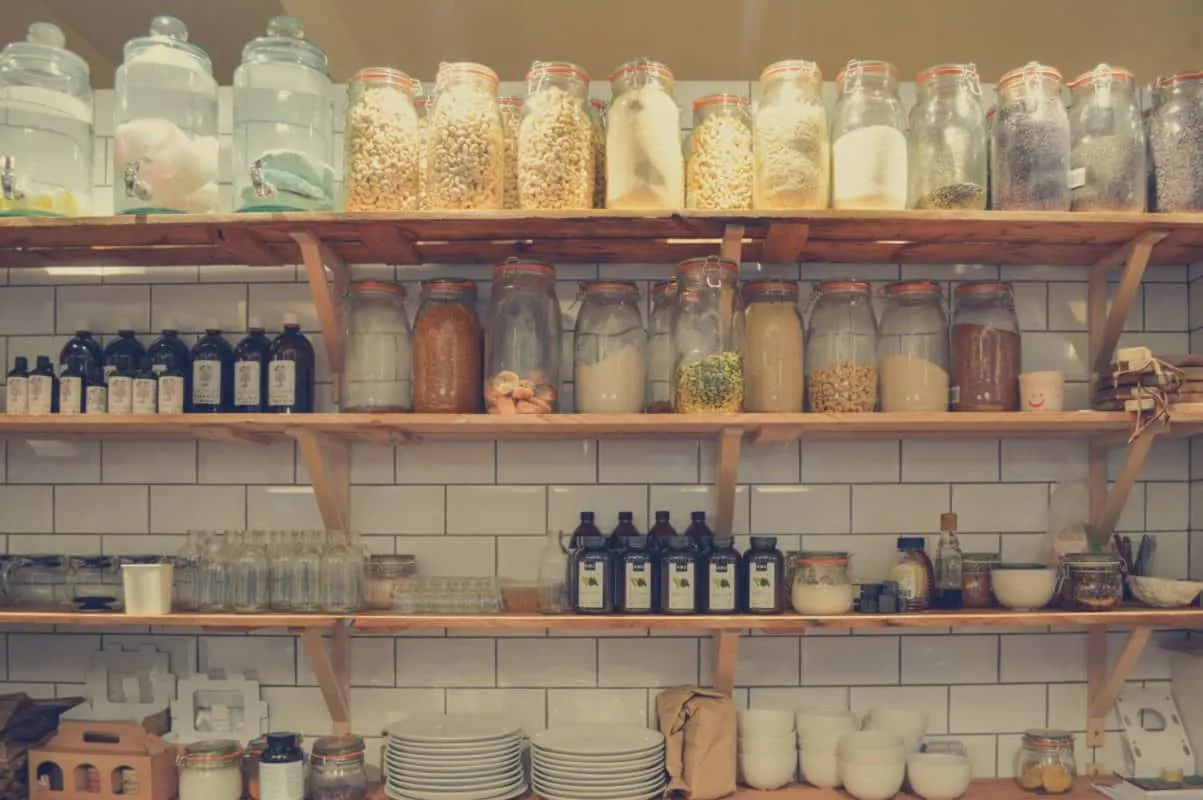On August 24, 1992, my life was forever changed. It was the day Hurricane Andrew ferociously roared through Miami, where I lived. It was the first natural disaster I had ever experienced.
I had been married for almost four years. We had a three-year-old son. Thankfully, we also had a family–a lot of family.
As we listened to the radio, our zip code was evacuated. We moved to my in-laws. Then their zip code was evacuated.
My sister-in-law’s zip code was also evacuated; however they opted to stay.
We moved north to Moni’s, where we remained.
I remember walking outside. It was an eerie silence. There were no birds, no people, and I could hear the crackle in the telephone lines.
The storm took out the National Hurricane Center before it came on land. This left us in isolation. We had no updates. We just buckled down.
When the storm passed, it took us two days to navigate back to our home. Everything had changed. Trees that had served as landmarks for years were uprooted. Homes were destroyed. Cars were on top of roofs and boats–BIG boats, were in people’s yard.
We set up camp at my in-laws. We worked hard and were so thankful for her food-storage.
I grew up in Utah, and long term food storage LDS is something that I often heard about, but my in-laws put it into practice. We had rice and fruits. We ate like Kings while everything around us was in upheaval. Food storage, in those days following Hurricane Andrew, is something I came to believe in truly.
While I never want to endure another natural disaster, I’ve learned that we don’t always get that choice. It’s best to be prepared. Food storage and water are essentials.

4-Tips for Food Storage
Here are some tips I learned in the aftermath of Hurricane Andrew:
1.) Rotate. After having to throw away so much of the food storage, we all learned it is necessary to rotate the food storage…incorporate it into your everyday living. Use it and replace it.
2.) Variety. Most food storage consists of four staples: wheat, powdered milk, honey, and salt. None of those offer much nutritional value. Many are allergic to wheat and don’t know how to cook with it. Since most recipes require additional ingredients, I recommend adding cooking oil, shortening, baking powder, soda, yeast, and powdered eggs. You’re going to want some luxury, add jello, pudding, and candy.
3.) Containers Count. Much of my in-laws’ food storage was stored in metal containers. I’m sure they were the fad of the 1970s, however, let’s face it, we all know the outcome of humidity and metal…rust. Rust contaminates food. If you’re storing in bulk, use 5# plastic buckets. I always line ours with several garbage bags (they can be used as ponchos, trash bags, or shelter in times of need). Water is essential. You should make sure to have water storage in a water tank that can hold enough for you and your family to have water for at least one week.
4.) One Place. Keep batteries, flashlights, and a first aid kit with your food storage. It’s one place that’s a go-to should disaster strike.
Take a moment to survey your home. Learn about the natural disasters that can happen and start building food storage. It will relieve a lot of stress, should you ever have to use it.
